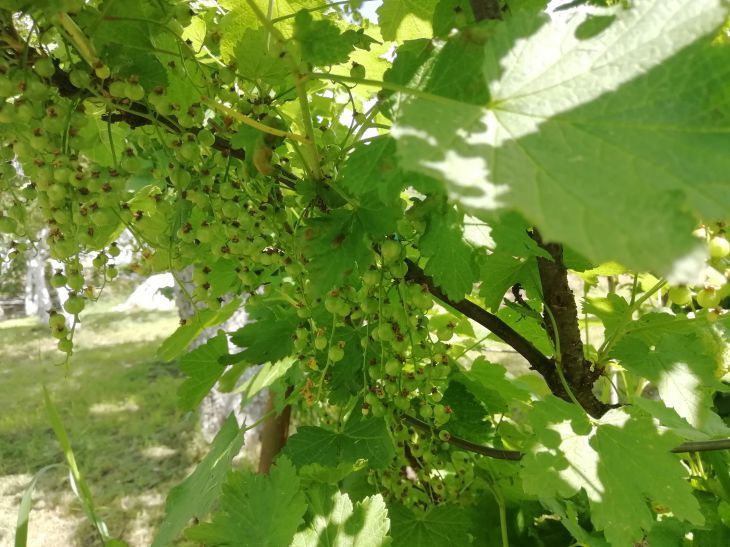June is a critical month for feeding currants, as at this time the bushes actively form ovaries and the berries begin to ripen.
It is now that they require the maximum amount of nutrients for development and formation of the future harvest.
Gardeners who do not pay attention to proper fertilizing in June risk getting lower quality berries and reducing the overall harvest.
Organic fertilizers
Organic fertilizers play an important role in providing currant bushes with all the necessary nutrients.
Compost and rotted manure are ideal sources of nutrients that are slowly released into the soil, providing long-term nutrition to plants.

Humus improves the structure of the soil, helps retain moisture and increases its fertility.
Applying organic fertilizers in June helps currant bushes to actively grow and develop, providing a rich harvest.
Nitrogen fertilizers
Nitrogen fertilizers are important for the growth of green mass of currant bushes. However, their excess can lead to excessive growth of leaves to the detriment of berry formation.
In June, it is recommended to use nitrogen fertilizers in moderate quantities.
The best option is liquid fertilizers based on urea or ammonium nitrate, which are easily absorbed by plants and promote active growth without harming the yield.
Phosphorus and potassium fertilizers
Phosphorus and potassium play an important role in the formation of ovaries and the ripening of currant berries.
Phosphorus stimulates the development of the root system and improves flowering, and potassium is responsible for the size and taste of berries.
In June, it is necessary to pay attention to fertilizing the bushes with phosphorus-potassium fertilizers.
Superphosphate and potassium nitrate are excellent options for this period. They provide the bushes with all the necessary elements, helping to increase the yield and improve the quality of the berries.
Microelements
Microelements such as iron, boron, manganese and magnesium play a key role in the development of currants.
Their deficiency can lead to leaf chlorosis and reduced yields.
The application of complex microelement fertilizers in June helps currant bushes to fully develop and resist various diseases.
Micronutrients are essential for photosynthesis, chlorophyll formation and overall plant health.
Proper watering and mulching
For successful absorption of nutrients, currant bushes require the correct watering regime.
In June, it is especially important to monitor soil moisture so that plant roots can effectively absorb all the necessary elements.
It is recommended to water in the morning or evening, avoiding water getting on the leaves.
Mulching the soil with organic materials such as grass clippings or straw helps retain moisture and prevent weed growth.
Earlier we told you how experienced gardeners protect cabbage.








